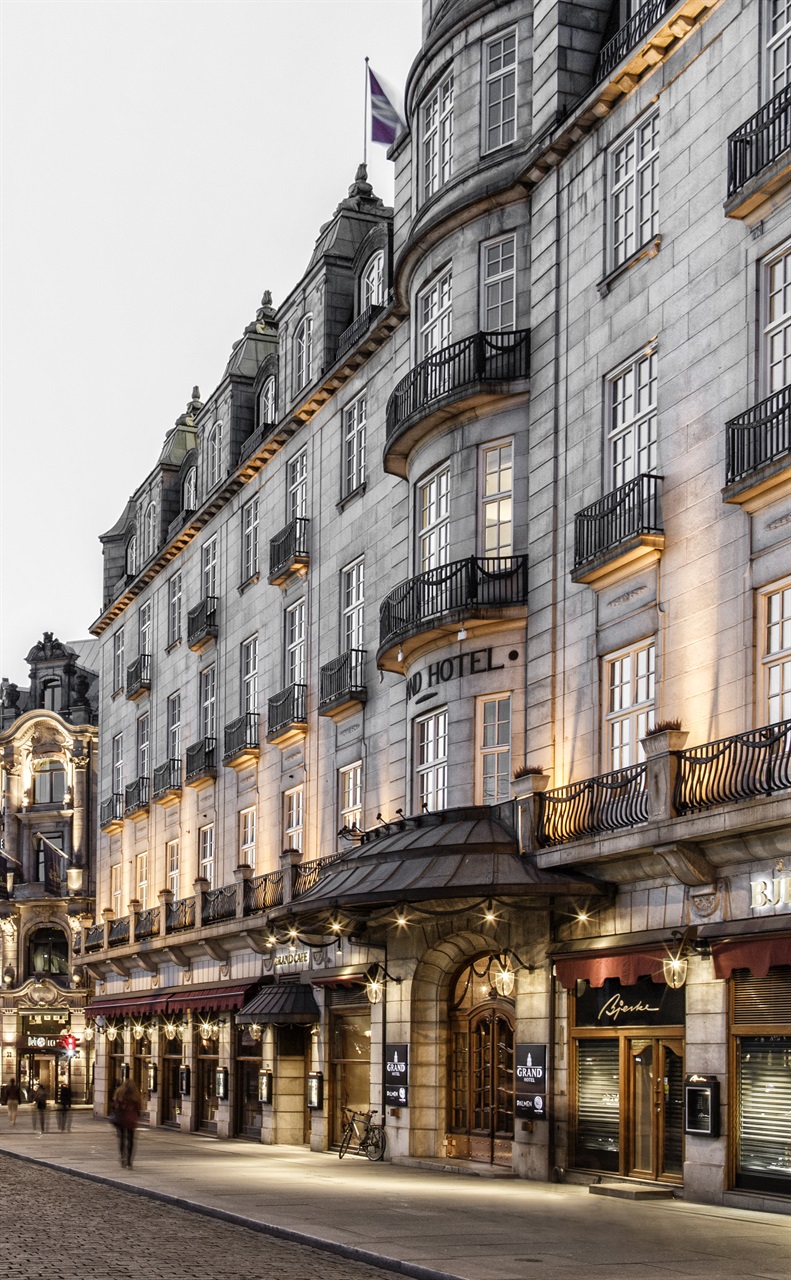
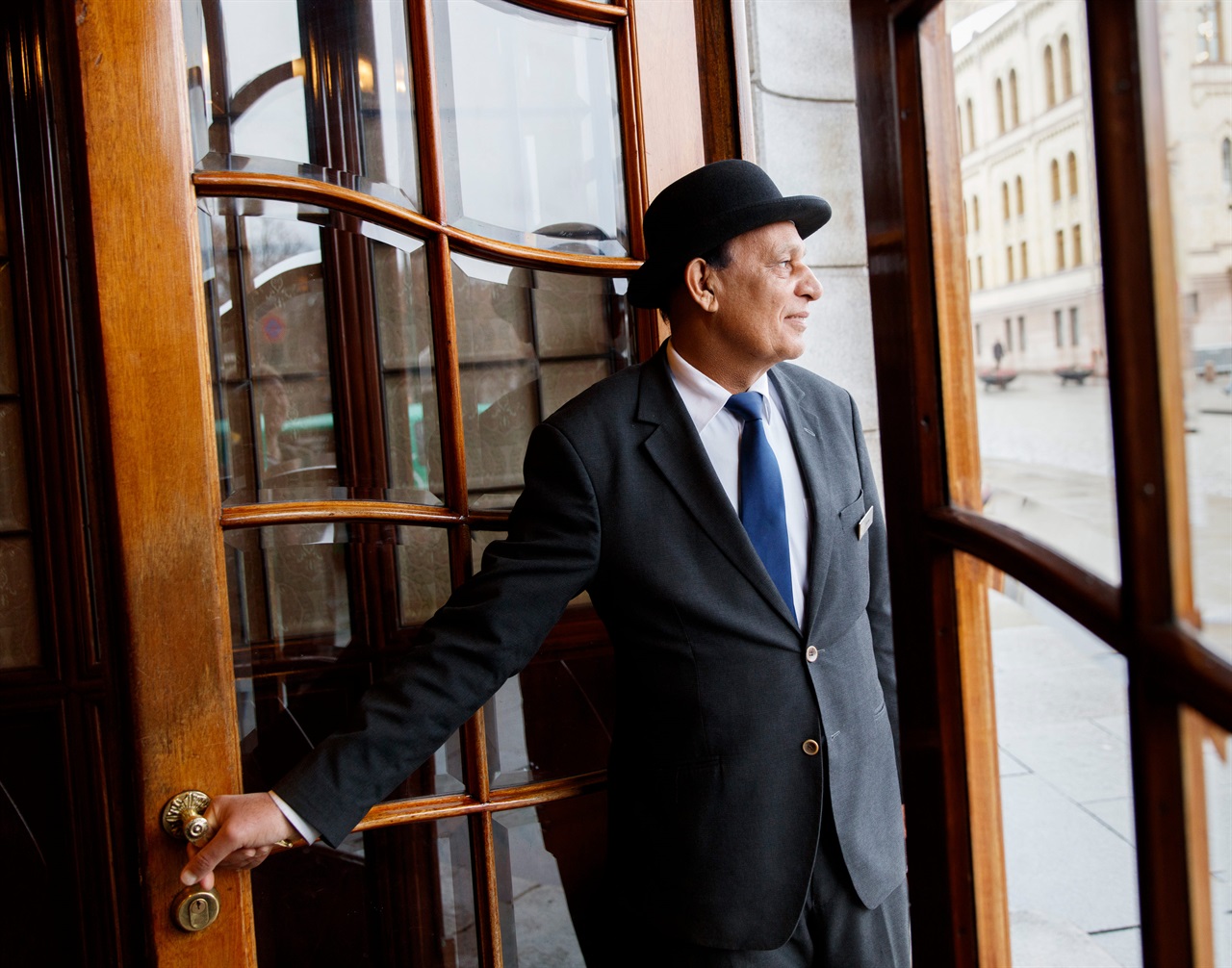
Grand Hotel Oslo is located right in the heart of the city, on the parade street Karl Johan, with many attractions and shopping just outside the door.
Grand Hotel is located right in the heart of Oslo, on the parade street Karl Johan. The hotel is within walking distance of the Royal Castles, Aker Brygge, Akershus Fortress, the Storting, and the Norwegian Opera.






Our rich and tasty breakfast buffet is served in Grand Café, on the ground floor. Here we give you the best start to the day, in historic and beautiful surroundings.

Our Concierges are here for you who want to get the most out of Oslo.
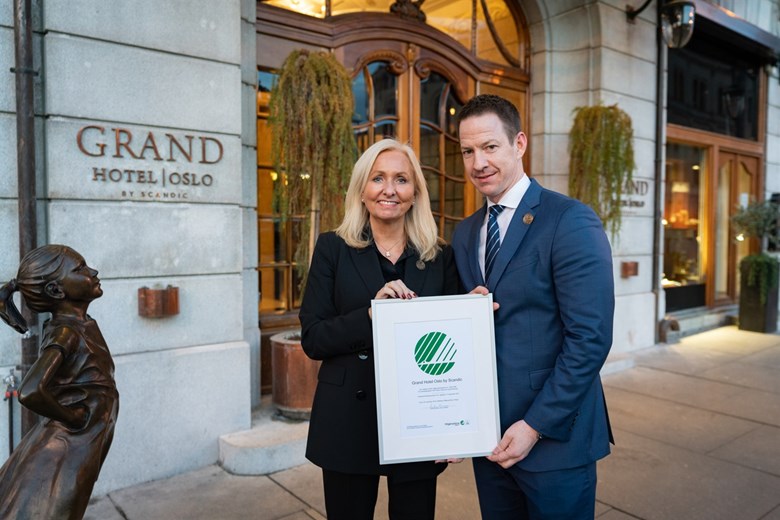
Oslo's most famous hotel meets one of the world's strictest environmental requirements. Grand Hotel Oslo was awarded the official Nordic environmental certification "Swan label" in November 2019.
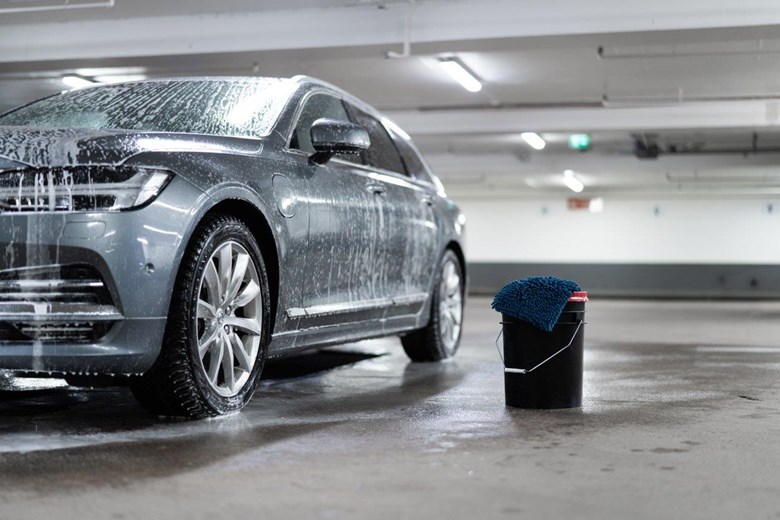
Reserve parking in the center of Oslo when staying at Grand Hotel Oslo.
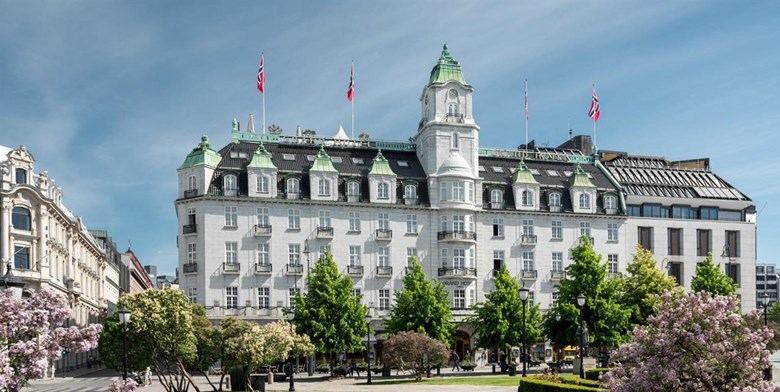
Grand Hotel Oslo is located right in the heart of Oslo, on the parade street Karl Johan, with many sights and shopping just outside the door.

Please let us know if you enjoyed your stay or if there is anything we can do better, so that we can ensure that Grand Hotel Oslo remains as one of Europe's leading hotels.
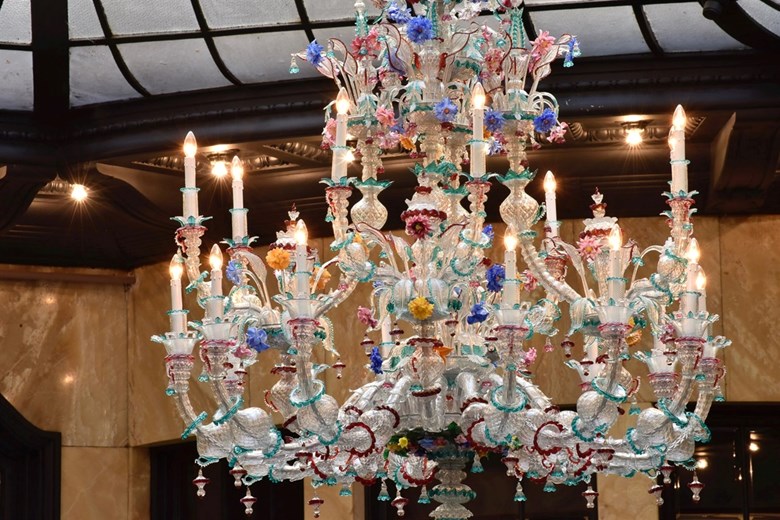
Businessman and art collector Christian Ringnes has on the occasion of the renovation of Grand Hotel Oslo bought three works of art that are lent to the hotel. Two of the artworks are located in the lobby area, and in the Palmen Restaurant hangs the sumptuous chandelier "Ca' Rezzonico", signed by British Cerith Wyn Evans.

Forgot something after your stay? Fill out our contact form with your details and a description of the item, and we’ll get in touch. Lost items are kept for 10 weeks; valuables are handed to the police afterward, while other items are disposed of.
The Grand Hotel was opened in 1874 by confectioner Julius Fritzner, after Professor Chr. Heiberg's three-storey private residence had been converted into a hotel. The café was opened first. The necessary remodeling was carried out by architect Jacob Nordan, and the decoration work by Fritzner's good friend Wilhelm Krogh, who was a decoration painter and theater painter at the Kristiania Theater.
Originally, the café was raised above street level, and guests had to climb an external staircase, but in the late 1870s the floor was lowered and the premises redecorated. From that point on, the café became the gathering place for all of Kristiania. Professor Christen Heiberg's three-storey house on the corner of Karl Johan street 31 was one of numerous distinguished bourgeois houses that were built around 1840 along "den nye Slotsvej", as Karl Johan was called in the early days.